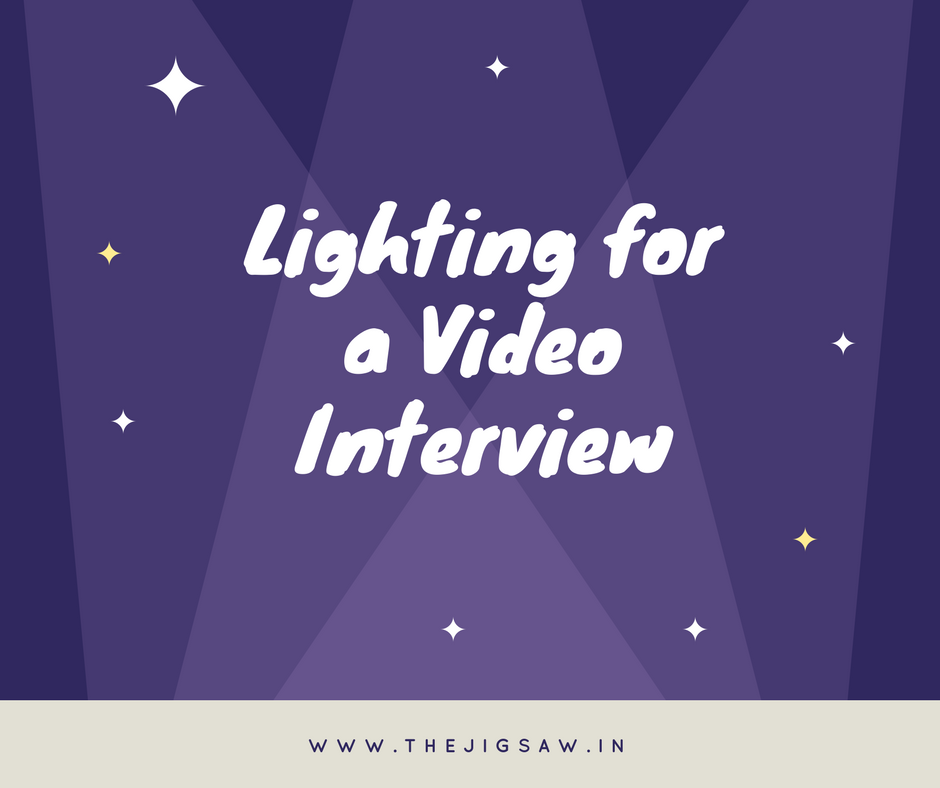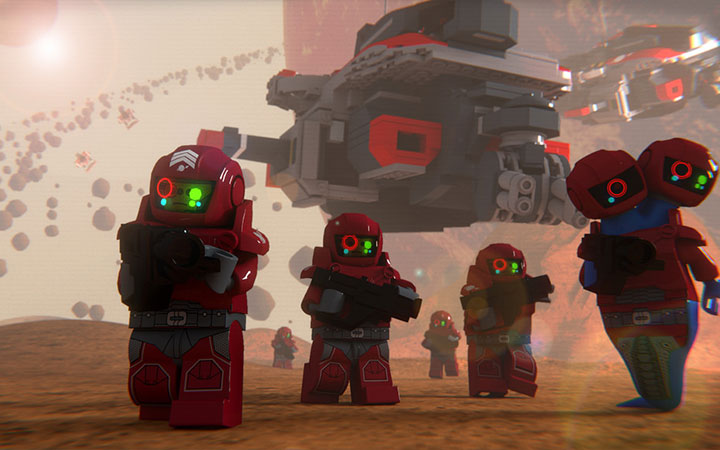Interviews are usually a pretty serious thing, as well know. It is a wrong concept that proper communication and language are what make an interview perfect. A lot goes on behind a successful interview and the two-people taking part in it is not all. The background, equipment, clear audio, proper video camera, script, etc. are all key factors behind taking a successful interview.
When you’re going to take a video interview, one of the most important things to take into account is the lighting of your interview location. Without a proper lighting, not only will the subject of your interview turn into a Prima Donna or a wallflower, but your video will also turn out to be lousy and unprofessional. So, if you’re planning to make a video interview or you need knowledge about lighting for a video interview, keep reading.
Proper Lighting for a Video Interview
The very first thing you need to accept is that you won’t be getting adequate time, the location will not be as easy as you think, and your subject might just be nervous. Keeping these in mind, if your interview is properly scripted and accompanied by professional lighting, you might just witness a revelatory transformation that might just be magical.
Now, it is a known fact that there is more than just one way to skin a cat, but there are also quite a few rules which you must follow so that you don’t make your interview a total mess accidentally. And, when it comes video interview lighting, setting everything up can be fairly easy, since everyone and anyone can do it nowadays, right? Making the lighting look great is easy too, all you need is adequate knowledge and good practice. Now, let’s learn more about the matter at hand.
Equipment
Equipment is the key factor that can make or break your video interview. Keep that in mind. For proper lighting in a video interview, you will preferably need three lights. A soft source will be the best for your interview’s subject, a second light will be needed to fill the background, and a third light to either fill hair light or rim light. Even though you can get away, bouncing your light from umbrellas for your key or main, umbrellas often tend to scatter the light everywhere. a softbox will help you control the spill, accept gels, and provide various other accessory options. Also, use grids (even though paying for them hurts a little) to get the best outcome.
If I had to suggest, I would ask you to go for a 16×22” softbox, which means it can fit almost anywhere. Or, you could opt for a 24×32” one, with a 300 to 500-watt lamp for optimum lighting. Keep the starting position as 45 degrees off axis both vertically and horizontally to make your subject be visible perfectly.
3-Point Lighting
If you’re highly-skilled and well-equipped with the knowledge of video interview lighting, you already know about the concept of 3-point lighting, right? Well, for those of you who don’t know, 3-point lighting refers to the lighting of your interview’s subject from three angles. These angles are called Key, Back light, and Fill. Important terms you need to know for video interview lighting.
The key light is the source which will be doing most of the work to illuminate the subject of your interview. You’ll usually key your subjects with the brightest, biggest, and most clear source that you possess and you can also sometimes key your subject with the light approaching from the window. If its adequate, that is.
The job of the fill light is pretty simple, to fill in the areas with shadows that are created by the key light very often. The fill light is not as bright as the key light and sometimes a second light does not even provide it as well. You can also use a reflexive surface, for example a FlexFill, to provide a very subtle lighting to the shadow-side of your subject’s face. Smooth.
The back light is usually located above as well as behind the subject of the interview. The back light plays an important role in providing a high quality of light and boosting the performance of the shoot. In a video interview, the lighting is everything, and the back light is the backbone to this.
Use the Broad Side
Imagine this, you’re taking a video interview or framing it, the image you see in front of you can be broken into two sides – the broader and the shorter side. The broad side is where the negative side exists.
According to the rule of thumb, you should have your subject looking into space across the broader side and your key light should be approaching from this same side as well. In an interview with a two-way conversation, keeping the broad side for each of the subjects on the opposite side from one another provides a great overall lighting and provides a natural flow for the scene itself.
Use the Mighty Sun as Your Back Light
Let’s face it, even the most expensive light equipment will not be as bright as the sun, right? If you’re shooting the video interview outdoors, you have an all-natural light at your disposal. Your best bet would be to use the sun’s natural light as the backlight for your interview. When you place your subject right in front of the sun’s light, the whole interview seems bright, flattering, and very interesting. Placing the sun’s light anywhere on the backline of your interview scene will make interesting shapes on your background.
Use Independent Controls to Isolate Regions
Wherever it is possible by you, isolate the fill, background, and key lights that you’ll use, with independent sources. Very often it happens in video interviews, that you’ll be all setup and ready to proceed with the interview, and then something changes at the very last minute. For instance, the sun might just peekaboo from behind the clouds, or your client might change his or her mind and could suddenly want that the photograph or video be a little less moody. On the other hand, if you gain control of your fill, key, and background independently, you get the power to change things with the flick of a power switch. And I’m sure that would be great.



